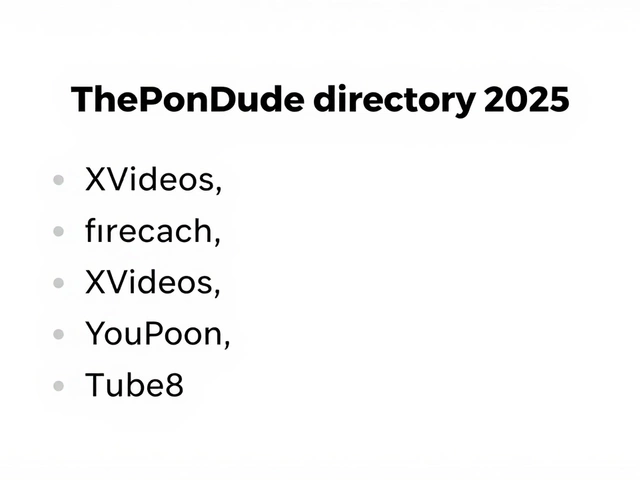Car Brands: How They Evolve, Which Stay Reliable, and What Sets Them Apart
When you think about buying a car, the brand name is often the first thing you notice. It tells you something about style, performance, cost, and even how long the vehicle will last. But the world of car brands isn’t static – they change a lot over time. In this guide we’ll look at how big brands have shifted in the last few decades, which ones are known for trouble‑free ownership, and what to keep in mind when you pick your next ride.
The Past Decades: Big Changes in Major Brands
Take a brand like Toyota. Thirty years ago it was mostly known for reliable sedans and small trucks. Today the same name is on hybrid crossovers, high‑tech SUVs, and even a fast‑charging electric sedan. That shift isn’t just about new models; it’s a whole strategy change driven by stricter emissions rules and buyer demand for fuel‑efficient tech.
Luxury names have taken a similar route. BMW started with a reputation for sporty handling, but now you’ll see them pushing electric i‑series models that still feel aggressive on the road. Even a classic like the Aston Martin, famous for hand‑built V8s, is rolling out hybrid prototypes to keep the brand relevant while cutting down on carbon output.
Some brands have stayed surprisingly stable. The iconic Porsche 911 looks almost the same as it did in the 1970s, yet under the hood you’ll find modern turbochargers and electric assistance. The key takeaway? A brand’s core identity can survive, but the technology and design language around it usually evolve fast.
Reliability Rankings: Brands That Keep You Driving
If you’re tired of surprise repair bills, look at the data from J.D. Power and similar surveys. Lexus, Toyota, and Honda consistently top the list for the fewest reported problems. Those manufacturers focus on simple, well‑tested engineering and have solid dealer networks that keep parts readily available.
Luxury brands aren’t far behind when you compare them within their own segment. Mercedes‑Benz and BMW rank high for quality, but they do cost more to maintain. That’s why many drivers choose a non‑luxury brand for daily commuting and keep a luxury for weekend drives.
Domestic American brands like Ford and Chevrolet have improved a lot, but they still lag behind the top three in overall reliability scores. If you love an American brand, consider looking at newer models that incorporate more proven components from global partners.
So, how do you use this info when shopping? Start by deciding what matters most to you – cutting‑edge tech, classic driving feel, or a low‑cost ownership experience. Then match those priorities with a brand that excels in that area. For example, if you want the latest hybrid tech without sacrificing reliability, Toyota or Honda are solid bets. If you crave a brand with a strong heritage that’s now adding electric power, Porsche or BMW could fit the bill.
Don’t forget to read owner reviews and check service‑center availability in your area. A brand that’s reliable on paper can still be a headache if you’re far from an authorized dealer.
In the end, car brands are more than logos – they’re a blend of history, technology, and customer service. By understanding how brands have changed, which ones stay trouble‑free, and what you value most, you’ll make a smarter choice and enjoy every mile in your new ride.
Why does Spain have no car brands?
In Spain, there are surprisingly no car brands, although it is the sixth largest car producer in Europe. This is because in the early 20th century, the country focused more on producing agricultural machinery, leaving the car industry to other countries. In the 70s, when the government tried to create its own car brand, it was unsuccessful due to financial and technological limitations. The lack of a Spanish car brand can be attributed to the country’s slow industrialization, as well as its focus on other industries. Spain also does not have the necessary resources to support a car brand, such as a strong automobile industry and a well-developed infrastructure.



